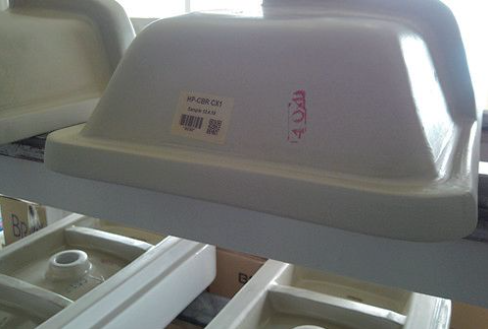
heat treatment label
Heat treatment labels are an essential part of modern manufacturing, primarily used to record and track the heat treatment history of products. These labels are usually affixed to products or components, containing key information such as heating temperature, holding time, and cooling rate to ensure that the product undergoes the correct heat treatment process, thereby guaranteeing the quality and performance of the product. They not only help ensure product quality, but also assist manufacturers in meeting regulatory requirements and improving production efficiency. In addition, heat treatment label barcodes, as a special form, are made of high-temperature resistant special materials that can tightly adhere to the surface of metal materials, achieving automated recording and rapid query, further improving production efficiency and quality control capabilities. Heat treatment labels play a crucial role in various industries such as metal processing, welding, casting, etc.
Heat treatment label barcode
Heat treatment label barcode is a widely used marking method in industries such as metal processing, welding, and casting. This marking method can record information such as heat treatment temperature, time, and process of metal materials for quality control and after-sales service during the production process. Heat treatment label barcodes are usually made of special materials that are resistant to high temperatures and can tightly adhere to the surface of metal materials, making them less prone to detachment and damage.
In modern metal processing production, heat treatment label barcodes are widely used in various fields. For example, in the production of automotive parts, heat treatment label barcodes can be used to record the production process of components such as axles, crankshafts, gears, etc., in order to trace product quality in after-sales maintenance services. In the foundry industry, heat treatment label barcodes are used to record the heat treatment process of castings for the purpose of analyzing and optimizing their performance.
Heat treated label barcodes can not only improve production efficiency and quality control capabilities, but also reduce human errors and losses. For example, in traditional heat treatment recording methods, workers need to manually record, which can easily lead to negligence, errors, or omissions. The heat treatment label barcode can achieve automated recording and fast query, reducing the risk of manual errors.
Heat shrink film label
Shrink sleeve label is a cylindrical label made of heat shrink film as the substrate, printed and then made. It has the characteristics of easy use and is extremely suitable for irregular containers. Shrink sleeve labels generally require specialized labeling equipment to apply the printed sleeve label onto the container. Firstly, the labeling equipment opens the sealed cylindrical sleeve label, which may sometimes require drilling; Next, cut the label into appropriate sizes and place it on the container; Then use steam, infrared or hot air channels for heat treatment to tightly adhere the label to the surface of the container.
Due to the high transparency of the film itself, the label has a bright color and good luster. However, due to the need for shrinkage during use, there is a disadvantage of pattern deformation, especially for products printed with barcode markings. Strict design and printing quality control must be carried out, otherwise the deformation of the pattern will cause the barcode quality to be unqualified. Shrink wrap labels can be labeled using traditional labeling equipment, which requires the use of adhesive and higher temperatures during the labeling process. During the shrinkage process, due to the stress generated by the adhesive at the overlapping parts of the film, it is better to use hot melt adhesive.
We offer comprehensive technical support, including free professional labeling solutions, advice on label materials and adhesive selection, as well as online/offline assistance from professional software and hardware engineers. Service email: andy@ownlikes.cn. In pre-sales, we leverage our extensive experience in specialty labeling projects to provide clients with the most suitable hardware solutions. Additionally, all our label barcode printers and scanners come with a three-year free warranty, demonstrating our confidence in our products.


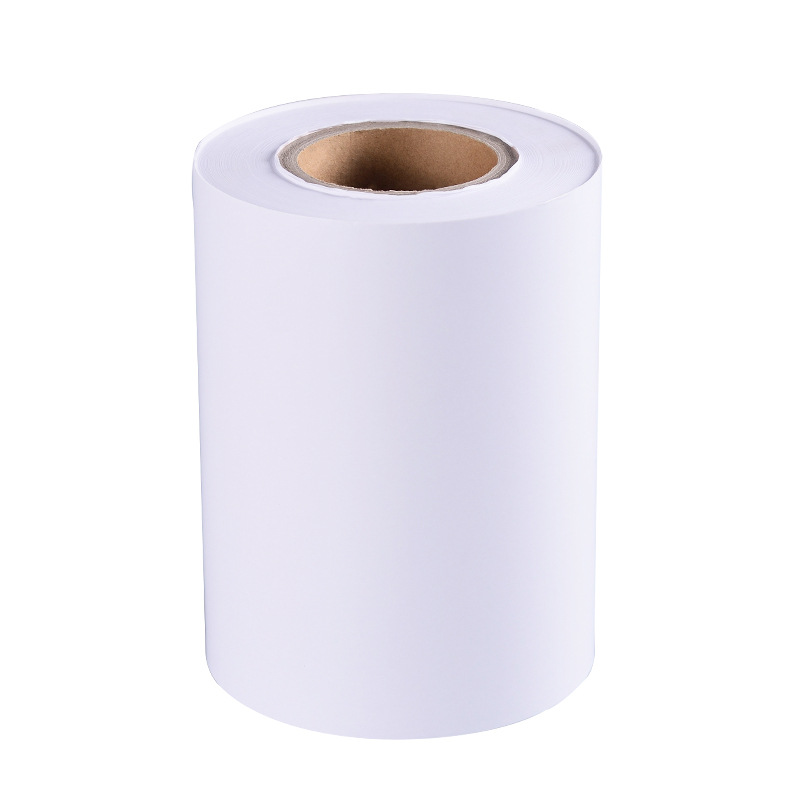
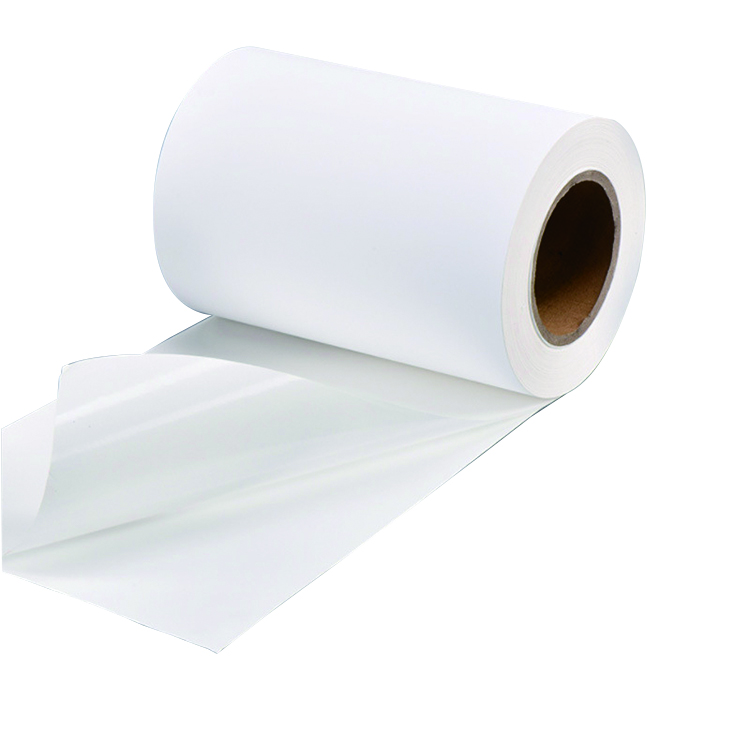
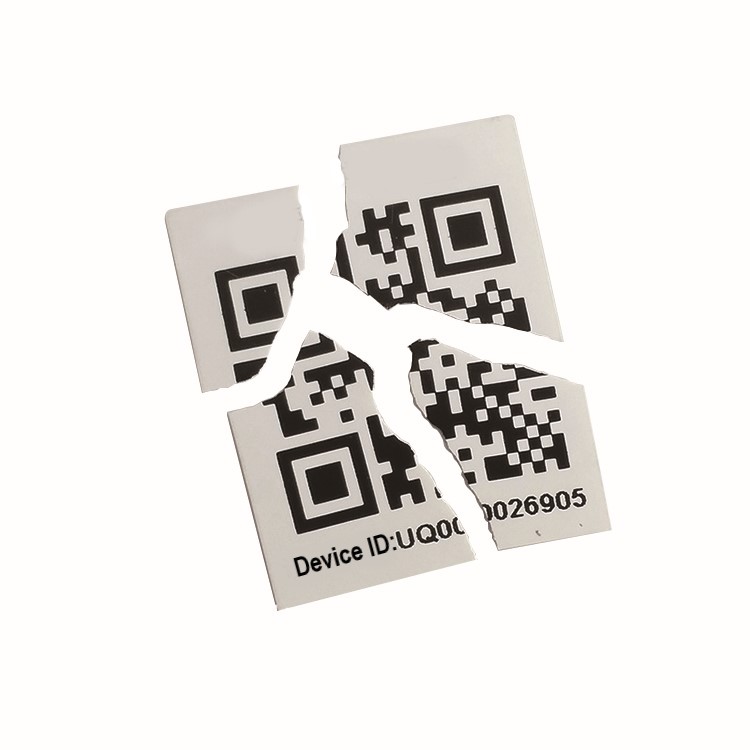
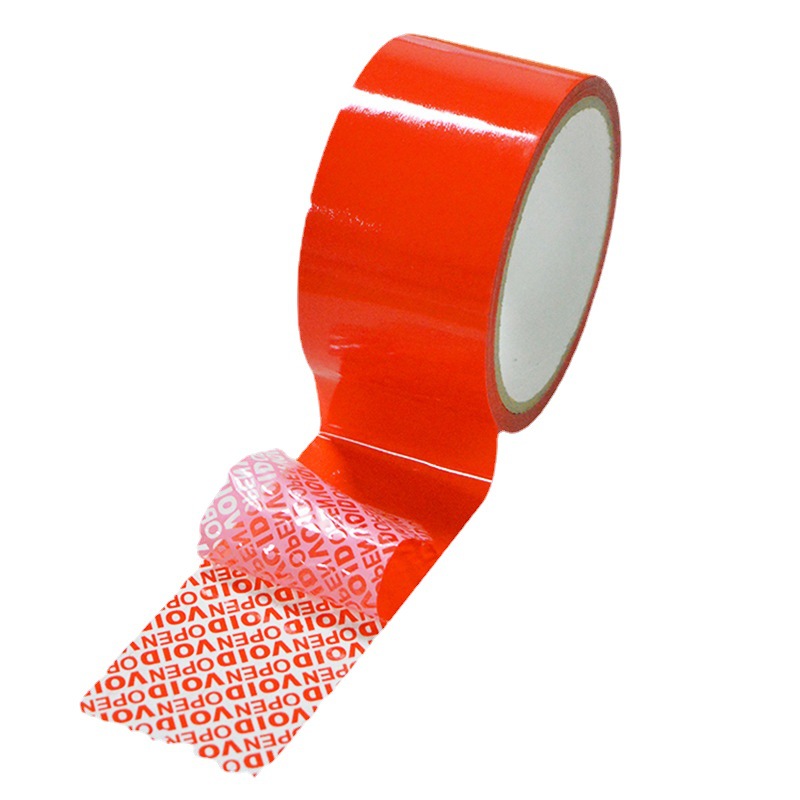
This site is protected by reCAPTCHA and the Google Privacy Policy and Terms of Service apply.